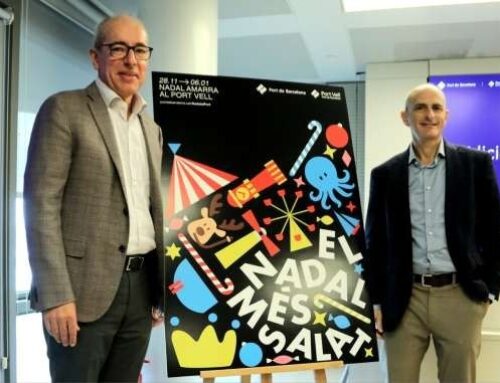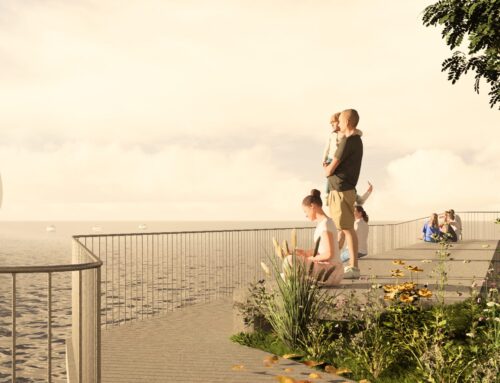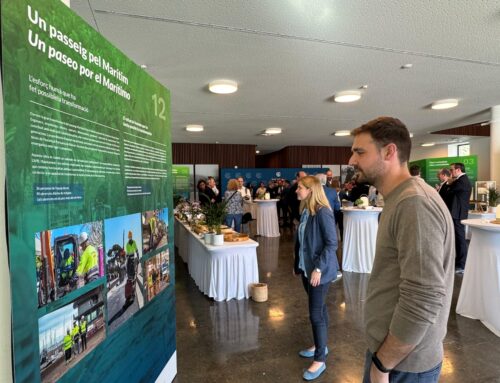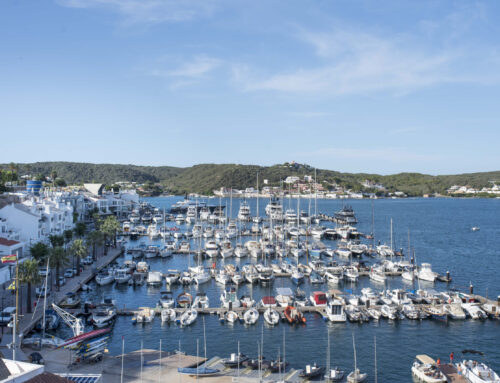The exhibition “El Marítim, a peu de carrer”, promoted by Valenciaport at the iconic Clock Building, has concluded its run with an extraordinary public response. More than 7,500 visitors took part in this journey through the historical and cultural memory of Valencia’s maritime neighbourhoods.
Throughout its opening period, the exhibition received a steady flow of visitors, establishing itself as a highly valued cultural proposal. Even during the first days, marked by episodes of bad weather, many people came to the Clock Building to discover this look at the past of the poblats de la mar and the mark they have left on Valencia’s street map.
A journey through Valencia’s maritime identity
The exhibition showcased the history of the port community and the city through panels featuring texts and historical images, illustrating how fishing, trade, coastal defence and leisure shaped its transformation. Part of this history still lives on in the city’s toponymy.
As in any city, the names of streets and squares preserve historical memory. In this case, the exhibition highlighted several place names in Valencia’s Maritime District, stemming from the late-19th-century annexation of neighbourhoods such as Malva-rosa, Poble Nou de la Mar, Cap de França, Cabanyal, Canyamelar, Vilanova del Grau and Natzaret.
Blasco Ibáñez and the anniversary of Flor de Mayo
The programme of activities accompanying the exhibition was marked by the commemoration of the 130th anniversary of the novel Flor de Mayo, organised by the Blasco Ibáñez House Museum. To celebrate the occasion, the Clock Building hosted a cultural day dedicated to the Valencian author.
The talk “Flor de Mayo: from serialised novel to the film stage”, featuring Emili Sales, head of the Blasco Ibáñez House Museum, and writer and lecturer Carlos Aimeur, explored the journey of the work from its original publication in instalments to its film adaptations, as well as the lesser-known facet of Blasco Ibáñez as a pioneer in cinematic language.
A space for families too
The exhibition also stood out for its inclusive and participatory approach. In this sense, it featured an area designed for the whole family, decorated with furniture made from recycled fishing nets, allowing children to enjoy creative workshops, colour illustrations inspired by the exhibition and showcase their own drawings.






